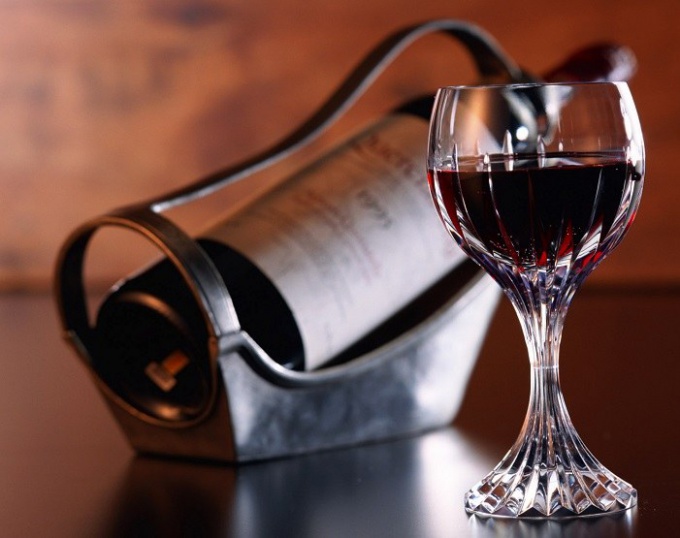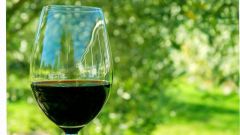The secret of making wine and its benefits
The juice of the grape contains a lot of sugar, so if left to stand in an open container in it come and begin to actively proliferate microorganisms, in particular yeast fungus. It disputes cause the process of fermentation, and due to the fact that the fungus feeds on sugar, juice skitaetsya. In the manufacture of wine, you need to create fungus the most favorable atmosphere for his intensive breeding and to provide a sufficient supply of oxygen and heat. In the process of fermentation turns the wine, and the types and names are the result of using different technologies of fortification, seasoning, sugar etc.
Wine contains many vitamins, in particular B1, B6, B12, PP, P and C, and folate (B9) and Pantothenic (B5) acid, they contribute to the normalization of metabolic processes in the body and ensure normal functioning of the nervous system and the gastrointestinal tract. It contains: phosphorus, nitrogen, pectin, sugar, and mineral salts of iron, copper, zinc, etc. Wine, especially red, has a complex effect on the human body has a bioenergy and antibacterial properties, ability to remove heavy metals and radioactive substances.
For the manufacture of port or Madeira, ordinary or branded, can be used up to 15 grape varieties.
Classification of wines
In each country, traditionally engaged in the wine industry: France, Germany, Italy, Spain, Bulgaria, Russia etc., there is a different classification of wines. Russian wines are divided into sparkling and quiet, the first contains carbon dioxide, in the second it is absent. In addition, there is the separation of wines according to sugar content and alcohol:
table which is not added sugar, their fortress 9-14°;
- sweet dessert that contains 3-10% sugar, fortress 9-15°;
- strong dessert that contains 3-13% of sugar, strength of 17-20°;
- dessert, sweet and liqueur that contains 16-32% sugar, fortress 13-16°;
- effervescent, naturally and artificially carbonated.
Varietal wines made from only grapes of a particular variety, blending of several varieties of grapes.
Wines and ol quality, lowest ordinary wines, the highest - vintage and collectible. Ordinary wines from the vintage and collectible different exposure time. To ordinary, white and red wines are young, unseasoned wine is bottled after 3 to 12 months after the processing of grapes to juice. Typically, this is a cheap wine, which can be used imported raw materials or raznosortitsa.
Fine wine certainly aged, dry – less than 1.5 years, fortified and dessert – not less than 2 years. They are made by special technology and only from grapes of a particular variety, used for production of a particular brand of wine. Fine wines have a distinctive taste. The collector's are fine wines of particularly high quality, they also are aged in barrels for at least 3 years.


